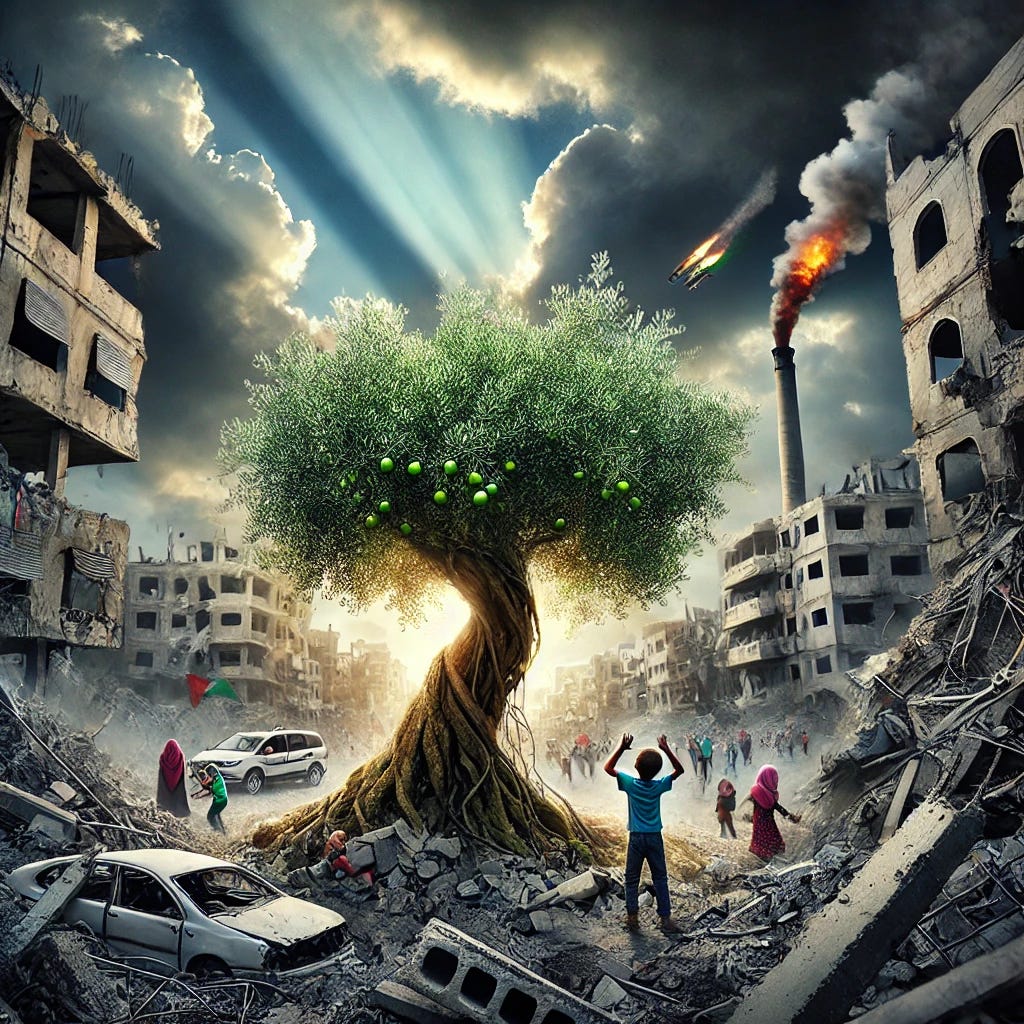Introduction: Gaza as a Symbol of Human Suffering
Gaza, the small, besieged strip of land, has become a global symbol of human suffering in the 21st century. For over 400 days, relentless Israeli attacks have devastated the area, leaving behind massive destruction and an unprecedented humanitarian crisis. Amid this ongoing tragedy, t
he global political landscape has shifted with Donald Trump's return to the White House, raising critical questions about the future of the Middle East and the role of U.S. policies in shaping the prolonged conflict.
Gaza: Under Siege and Enduring War
The war on Gaza, ongoing for over a year, is not an isolated incident but part of a long history of aggression and blockade since 2007. This extended conflict has resulted in over 43,500 Palestinian deaths, including thousands of women and children, with more than 100,000 injured—many left with permanent disabilities.
Israeli airstrikes have caused widespread destruction, obliterating infrastructure. Hospitals are overwhelmed, struggling with severe shortages of medical supplies and equipment. Schools, once shelters for displaced families, now lie in ruins.
Shocking Numbers, Unspeakable Suffering
Deaths: Over 43,500, including 18,000 children.
Injuries: More than 102,570 wounded.
Economic Losses: Estimated at over $37 billion.
Displacement: 1.4 million people have been forced from their homes.
Humanitarian Crises: 90% of the water is undrinkable, and electricity is available for just 4 hours a day.
These numbers are not just statistics; they represent shattered families, lost dreams, and a population enduring unimaginable suffering.
The Political Shift: Trump Returns to the White House
In November 2024, Donald Trump won the U.S. presidential election, marking a significant political shift. Trump's previous tenure was defined by major decisions that deeply affected the region, such as moving the U.S. Embassy to Jerusalem and recognizing it as Israel's capital.
However, during his latest campaign, Trump described the war on Gaza as "horrific and inhumane," calling for an immediate resolution to the crisis. This raises the question: will these statements translate into real change, or are they merely election rhetoric?
The U.S. Role in the Conflict
U.S. policies have long played a central role in sustaining this conflict. Despite advocating for a two-state solution, the Biden administration provided extensive military aid to Israel during the war, enabling its operations to continue unchecked.
Trump's return could bring a different approach, potentially applying pressure on Israel to negotiate or even ease the blockade. However, the critical question remains: can any U.S. administration bring genuine change, given the strong influence of pro-Israel lobbies in American politics?
Global Media and Gaza’s Struggle
Despite the staggering scale of the humanitarian catastrophe in Gaza, international media often downplays the crisis. The narrative predominantly focuses on "Israel’s right to defend itself," while the voices of Palestinian victims are largely absent.
This global silence exacerbates the feelings of isolation and abandonment among Gaza’s residents. The international community must step up and take moral and legal responsibility for this ongoing disaster.
Gaza’s Resilience: A Message to the World
Amid the rubble and destruction, Gaza’s people remain remarkably resilient. Children play among the ruins, women nurture the next generation under fire, and young people persist in pursuing education and work to build a better future.
Gaza’s message to the world is clear: life is stronger than death, and hope cannot be extinguished. The Palestinian people deserve dignity and freedom, and the world must support their rights instead of remaining silent.
Analysis and Outlook: Where Does the Conflict Go From Here?
As the war continues, the Gaza conflict is entering a more complex phase. Trump’s return may bring shifts in political dynamics, but the real solution lies not only in international policies but also in the Palestinian people's determination and resistance.
The world needs to act urgently to end this humanitarian catastrophe. Humanitarian aid is not enough; global pressure on Israel to lift the blockade and seek a fair and comprehensive resolution to the conflict is essential.
Conclusion: Gaza in Our Hearts
Gaza is not just a geographical location; it is a symbol of resilience and human dignity. The people of Gaza do not seek pity but genuine support and recognition of their right to live in peace.
The world must act now before it is too late to save what remains of this brave population. Gaza deserves a better future, and it must become a priority in the conscience of humanity.




